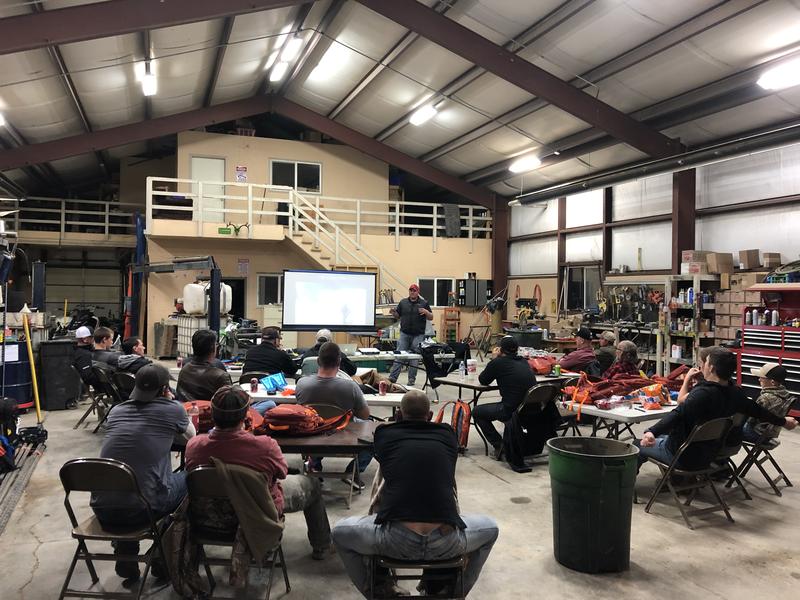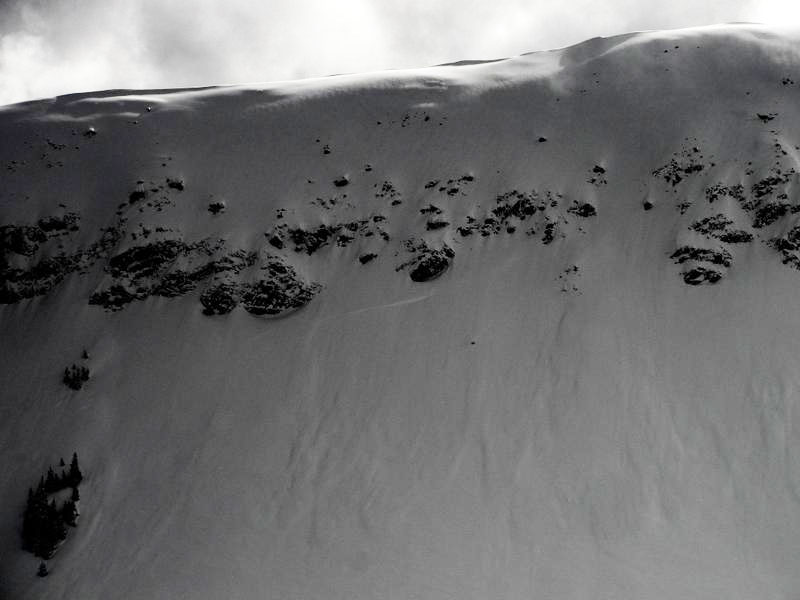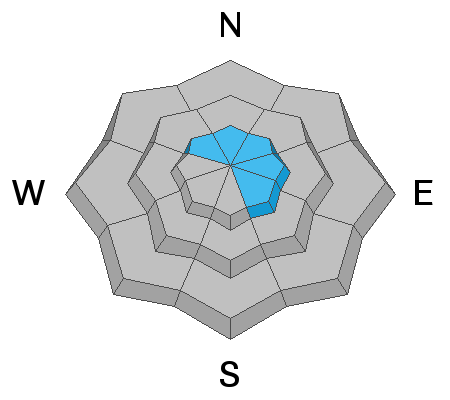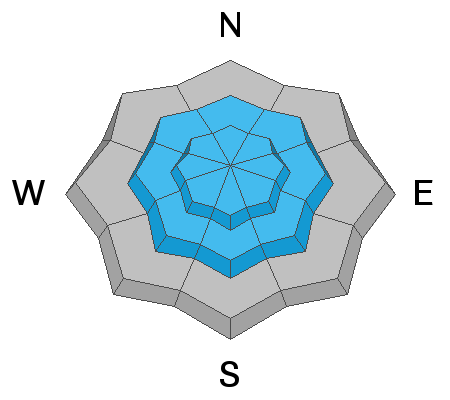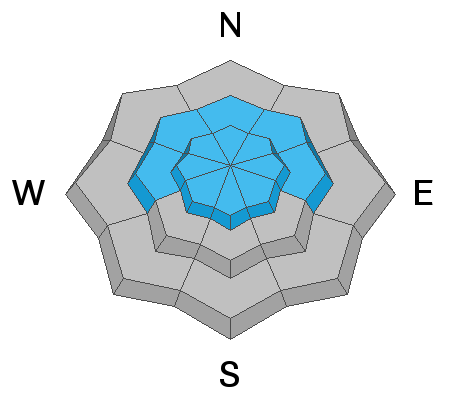Forecast for the Moab Area Mountains

Issued by Eric Trenbeath on
Saturday morning, March 23, 2019
Saturday morning, March 23, 2019
The avalanche danger is MODERATE and human triggered avalanches involving new and wind drifted snow are possible. Steep, upper elevation, wind drifted slopes that face NW-N-SE are where you are most likely to encounter a problem. The new snow will also be very susceptible to daytime heating if the sun comes out for any length of time today. Look for signs of wet instability on sun exposed slopes such as roller balls and pinwheels, and get off of steep slopes if they become wet and sloppy. There also remains an isolated, or MODERATE danger for triggering a deep avalanche, failing on a buried persistent weak layer. Though the likelihood of triggering this type of avalanche has lessened, the consequences have not, and this type of avalanche is un-survivable. The problem exists primarily on steep slopes facing NW-N-E, but in some cases, it may be found on all aspects of the compass, particularly at upper elevations.
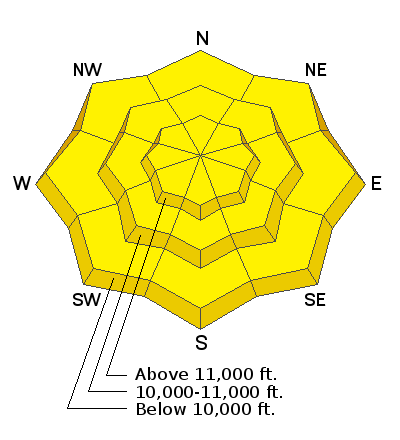
Low
Moderate
Considerable
High
Extreme
Learn how to read the forecast here


